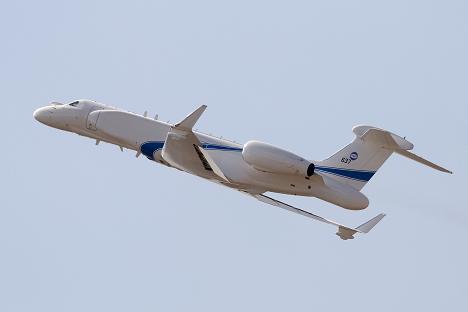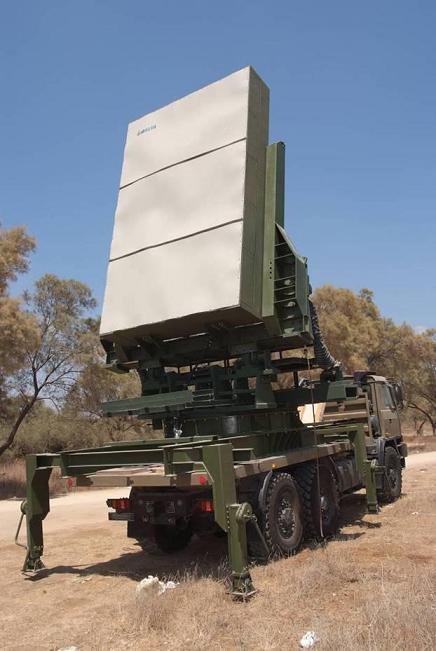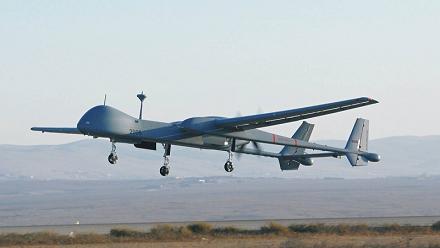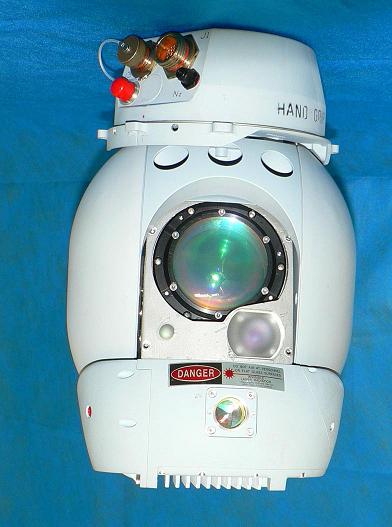The Aerospace Industry will present for the first time at this week's Paris Air Show the "Eitam" air warning and control aircraft and a new anti-missile weapon system

This year, the Aerospace Industry (TAA) is presenting a variety of first-class products and technologies in the fields of space, air, sea and land at the air show at Le Bourget airport near Paris (which takes place this week and started on June 15.6.2009, XNUMX).
This year, at the 100th anniversary celebrations of the world's most prestigious aviation fair, the IAA will present for the first time the new "Barak 8" anti-missile weapon system. The Barak 8 system provides 360 degree protection against a wide variety of aircraft and missiles launched from different platforms in the short to medium range.
Additional products that IAI will present at the exhibition:
In the field of laser-guided armament, a new laser guidance kit for airborne bombs of the "Griffin 3" type and a laser-guided missile of the "Lahat" type will be presented.

In the areas of radar, systems for gathering intelligence and early warning, a multi-mission radar for air and artillery defense (EL/M-2084) will be presented; satellite communication network (EL/K-1891/2); Shoulder missile warning system for airborne platforms (EL/M-2160); A signal intelligence system (SIGINT) is flown by the G550 aircraft model (EL/I-3001 AISIS) as well as an aerial early warning system on a model of a Russian Ilyushin 76 (IL-76) transport aircraft, an active display array radar Fire control aircraft (EL/M-2052) (active display array - according to which the radar lobe is directed electronically and not mechanically as in older radars).
In the field of space, models of the TECSAR satellite, OPSAT 2000 and OPSAT 3000 will be presented. The TECSAR satellite is the first satellite of its kind developed in Israel, and is among the most advanced in the world. The satellite carries a SAR (Synthetic Aperture Radar) radar observation probe designed to provide imaging during the day, at night and in all weather conditions, including penetration through clouds. The satellite is operated from the IAA ground station. 2000 OPSAT is based on the "Ofek" satellite platform, and its civilian derivative, the "Eros" satellite. The satellite has the ability to take black and white images of 70 centimeters. OPSAT 3000 is a third-generation advanced photography satellite. The satellite is based on the generic chassis developed in the aerospace industry, and is used as a basis for an advanced photography satellite, a radar satellite (TECSAR) and a research satellite with a multispectral camera (Venus).

In the field of electro-optical systems, a wide variety of dedicated payloads (METAD) of different sizes will be presented for use on airborne, terrestrial and marine platforms, and inertial navigation systems in various applications will also be presented.
In the area of unmanned aerial vehicles, an unmanned aircraft (UAV) of the "Heron" type designed for long-term missions to high altitudes will be presented.
The "Heron" in the naval application that includes maritime patrol radar, electro-optical systems, satellite communication and more, recently performed successful international demonstrations: in El Salvador, for the US Army's Southern Command SOUTHCOM, which is fighting drug smuggling, and the other in the Canary Islands for the Air Force The Spanish and the Spanish Immigration Police (Guardia Civil) fighting the phenomenon of illegal immigration and smuggling of goods.
In addition, the "Heron" UAV is operating these days on operational flights in Afghanistan as part of the activities of the Canadian and French air forces.
Also, in the field of unmanned aerial vehicles, the 600 Bird Eye type UAV will be presented, which provides real-time "intelligence over the hill" to military and law enforcement forces, and an unmanned aerial vehicle (UAV) developed in cooperation with a foreign client, enables high-level intelligence gathering, in real time. The satellite is adapted to operations in the naval arena and has the ability to take off and land from warships or rough terrain, is resistant to harsh weather conditions and has the ability to carry several rockets.
About the Paris Air Show:
These products and a variety of the company's capabilities will be presented at the Aerospace Industry Pavilion at the Air Salon in Paris, which opens on June 15 and will last for about a week. More than 1000 manufacturers from fifty countries in the world will present it, in a display area of 120,000 square meters. This is an important and prestigious aviation-defense exhibition, which is attended by decision-makers and professional officials from the political and military fields, senior commanders from various armies and defense industries who discuss cooperation.
The CEO of the ITA, Mr. Yitzhak Nissan said: "In the first quarter of 2009, the ITA received new orders totaling 2.2 billion dollars. The company has many technological advantages that lead to a good competitive position. We will continue to implement our globalization policy and develop new products from our internal sources."
IAI presents a new electro-optical observation system - POP 300D Designator

The Aerospace Industry (TAA) is launching a new product from the POP (Plug in Optronic Payload) family of stabilized electro-optical observation systems called the POP 300D Designator. This is an advanced, lightweight electro-optical MTAD (dedicated charge) that includes a day and night channel and a laser designator that allows accurate pointing and measuring the range to the target.
The ATAD is designed for long-range observation, tracking and targeting missions day and night, designed for military and paramilitary missions and supports laser-guided weapons in NATO service.
Later, IAI reported that it won a prestigious tender for the supply of a stabilized electro-optical observation system of the POP 300LR (Long Range) Observer type for a European coastal defense program.
The systems will be integrated with advanced radar systems and will provide the customer with a situational picture day and night for long ranges and in any weather.
POP300 Observer successfully passed day, night and harsh weather tests and demonstrated impressive capabilities compared to other stabilized observation systems competing in the tender. The significant advantages of the system are the combination of long-term observation capability and low weight with a high level of stabilization. Tamm's POP systems are based on a unique secondary that integrates a removable electro-optical "segment" inside a stabilized tower. The "segment" includes electro-optical sensors and can be easily removed and replaced in a few minutes, without the need for special calibrations and directions. This principle forms the basis for improvements and improvements to arrays that will contain improved electro-optical sensors in the future.
With the opening of the Air Salon events in La Bourget near Paris, the two American senators visited the Aviation Industry Pavilion: Senator Thad Cochran, representative of the Republican Party from Mississippi, and Senator Daniel Inouye, representative of the Democratic Party from Hawaii and Chairman of the Senate Appropriations Committee.
The senators were received by the Chairman of the Board of Directors of the Israel Defense Forces, Mr. Yerik Shamir, and the VP of Marketing, Mr. Yair Ramati, who presented them with the "Hatz" air defense system, drones (aircraft without a pilot) manufactured by the Israel Defense Forces, satellites, radars Advanced, "Barak 8" weapon system and more. The senators, known for their many years of support for Israel, expressed their appreciation for the technology developed by the Israel Defense Forces in front of the variety of products that were presented to them.

9 תגובות
As Roy said older models are sold (or not equipped with all the features), also there are systems that will probably never sell.
There are those who go through these topics and approve them one by one.
According to what I know, there is a guideline that it is only allowed to sell "a generation back" in order to maintain the IDF's comparative advantage.
We do not sell the latest innovations, these are an older model...
just a question:
Development is not possible without money and money is received from sales.
At the air show, technologies are presented in order to sell them and finance the next steps.
There is always a matter of tradeoff here, but keeping all the cards close to the chest will only ensure that we stay with the same cards for another century when the whole world moves forward.
Dotan, I can only hope that you are right and that this is not about our well-known "neighboring" culture.
Just a question...trust them that the data shown is not all system data.
The so-called truth but not the whole truth.
Thor... You must be the beauty of the soul... Shanti Shanti all day long...
Is it really a smart thing to expose our advanced technologies for all to see? After all, a very significant part of our military strength is based on these technologies, wouldn't it be wiser to keep these things as a surprise for a test hour? Does the State of Israel take into account that once this technology is revealed and sold to other countries, it may someday trickle down to enemy countries (or to countries like Russia that support them) who will develop countermeasures?
What a waste